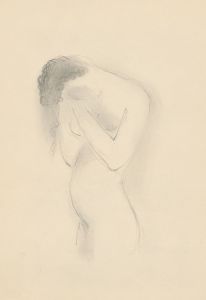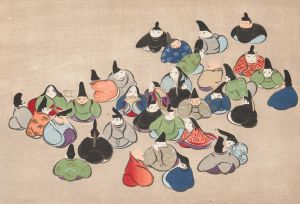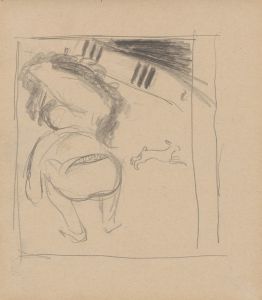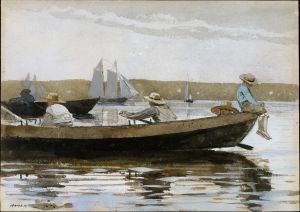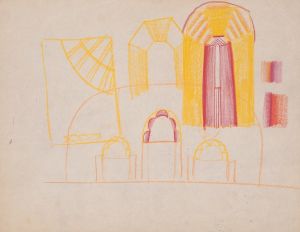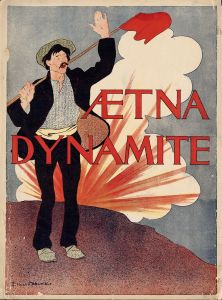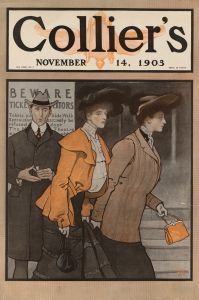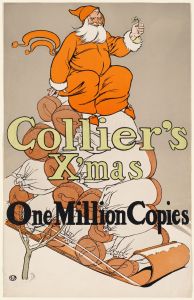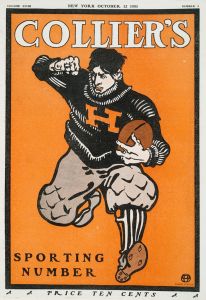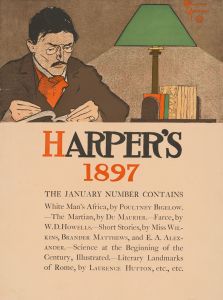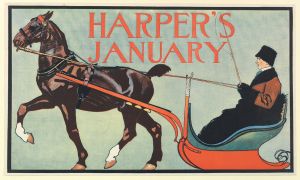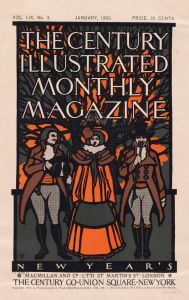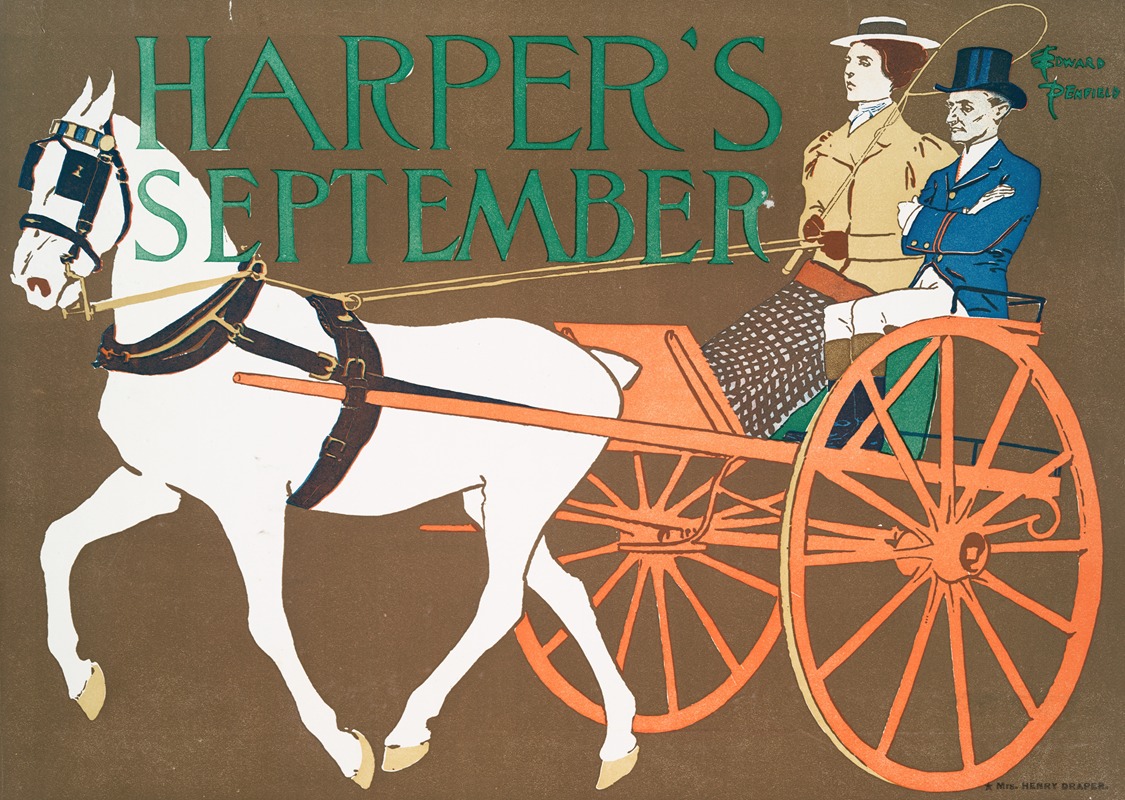
Harper’s September
A hand-painted replica of Edward Penfield’s masterpiece Harper’s September, meticulously crafted by professional artists to capture the true essence of the original. Each piece is created with museum-quality canvas and rare mineral pigments, carefully painted by experienced artists with delicate brushstrokes and rich, layered colors to perfectly recreate the texture of the original artwork. Unlike machine-printed reproductions, this hand-painted version brings the painting to life, infused with the artist’s emotions and skill in every stroke. Whether for personal collection or home decoration, it instantly elevates the artistic atmosphere of any space.
Edward Penfield (1866–1925) was an influential American illustrator and poster artist, often regarded as one of the key figures in the development of American graphic design. One of his notable works is "Harper’s September," a cover illustration created for Harper's Magazine.
"Harper’s September" was produced in 1894, during a period when Penfield was serving as the art director for Harper's Magazine. This role allowed him to significantly shape the visual identity of the publication. Penfield's work is characterized by its clear, bold lines and simplified forms, which were influenced by the Art Nouveau movement and the poster art of the time.
The illustration for "Harper’s September" features a woman dressed in a fashionable autumn outfit, complete with a hat and gloves, holding an issue of Harper's Magazine. The background is a simple, flat color, which helps to emphasize the figure and the magazine she is holding. This approach to design was innovative for its time, as it moved away from the more intricate and detailed illustrations that were common in the late 19th century.
Penfield's work on "Harper’s September" is a prime example of his ability to blend fine art with commercial art, creating visually appealing and effective promotional material. His posters and magazine covers were not only advertisements but also works of art that could stand on their own. This dual purpose helped to elevate the status of commercial illustration and paved the way for future generations of graphic designers.
The simplicity and elegance of Penfield's style in "Harper’s September" reflect the broader trends in art and design during the late 19th and early 20th centuries. His use of flat colors, strong outlines, and minimal detail were hallmarks of the Art Nouveau movement, which sought to bring art into everyday life and make it accessible to a wider audience.
Penfield's contributions to Harper's Magazine and the field of illustration were significant. His work helped to define the visual culture of the time and influenced many other artists and designers. "Harper’s September" remains an important piece in the history of American illustration, showcasing Penfield's talent and his impact on the world of graphic design.
In summary, "Harper’s September" by Edward Penfield is a notable example of late 19th-century American illustration. Created in 1894, it reflects the Art Nouveau influence and Penfield's innovative approach to commercial art. The illustration features a fashionable woman holding an issue of Harper's Magazine, set against a simple background, highlighting Penfield's skill in blending fine art with commercial purposes. His work on this piece and others helped to elevate the status of commercial illustration and left a lasting legacy in the field of graphic design.






